
Products
Seed
Belmont Mills Grass Seed has the ability to meet any demand. If you are a farmer looking to plant your pasture field check out our hay and pasture seeds, if you are a homeowner wanting to improve your lawn take a look at our turf seeds. And if you are a contractor with a spec that needs to be meet let us take care of that for you as well.
Pasture Seed

Cover Crops
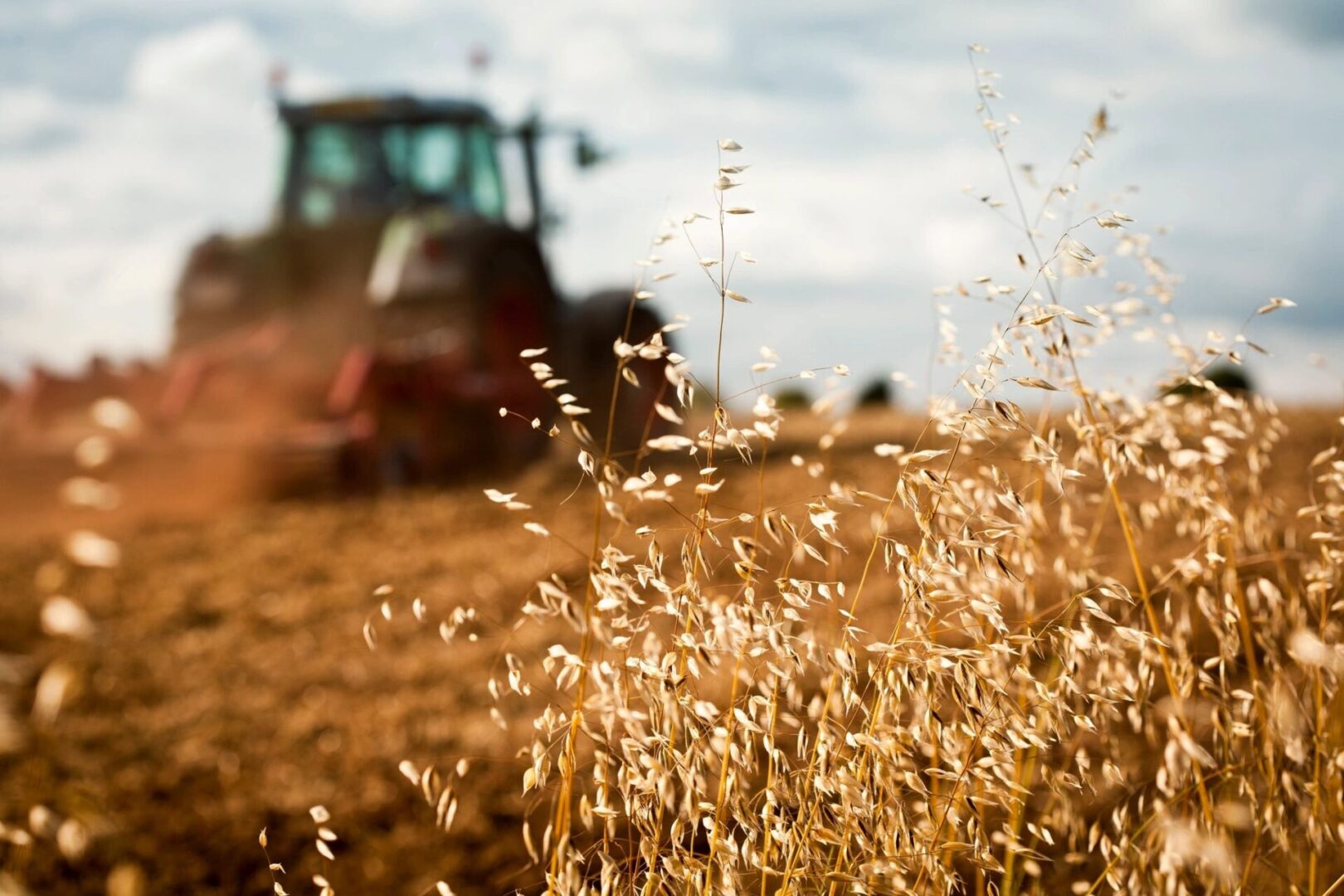
A cover crop is a crop of a specific plant that is grown primarily for the benefit of the soil rather than the crop yield. Cover crops are commonly used to suppress weeds, manage soil erosion, help build and improve soil fertility and quality, control diseases and pests, and promote biodiversity.
Cash Crops
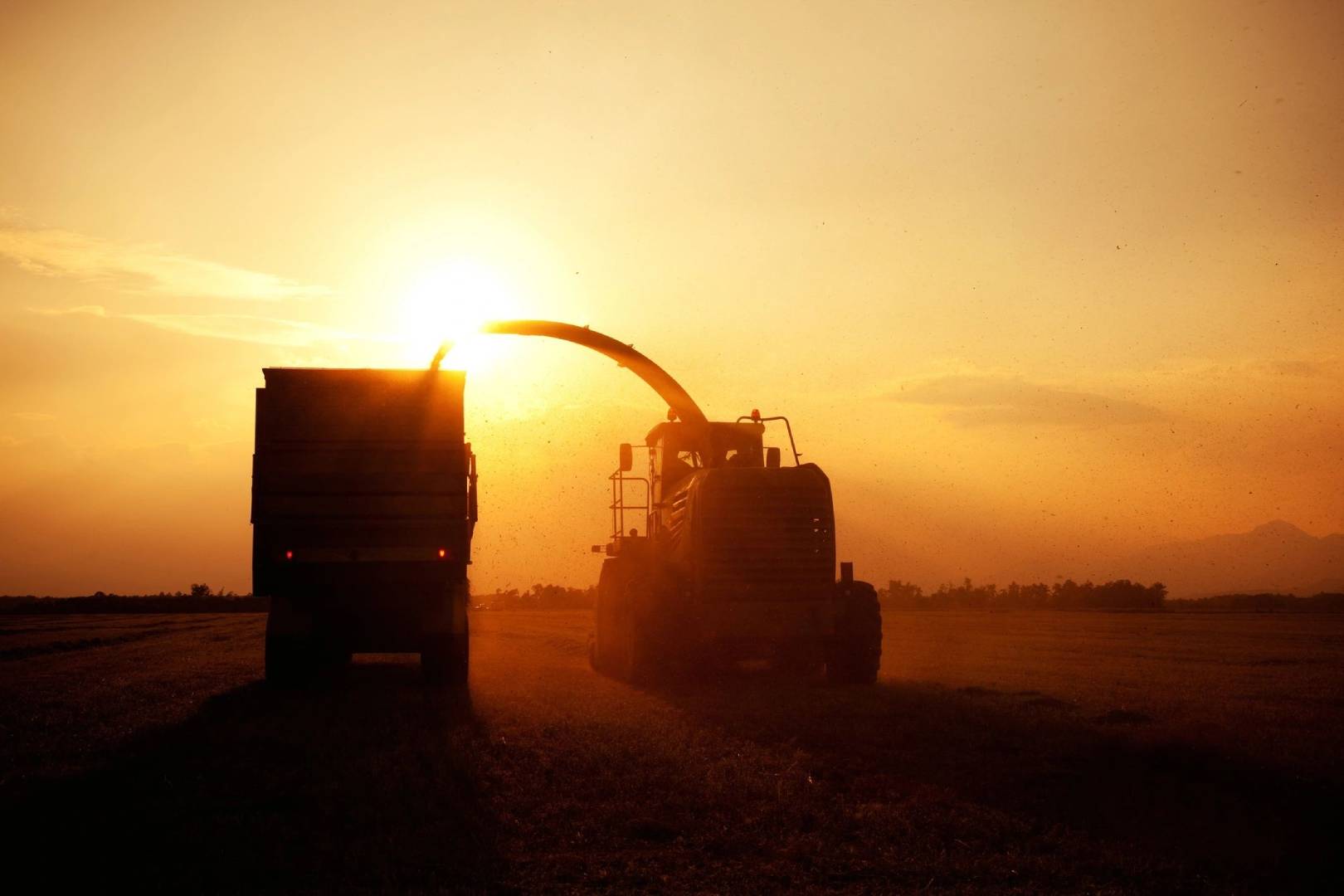
Soil Sampling
The main benefit of soil sampling is improved yields and economic return. Soil sampling is the first step in fertilizer management. Taking the time to sample will allow growers to use fertilizer in an efficient manner, saving both time and money.
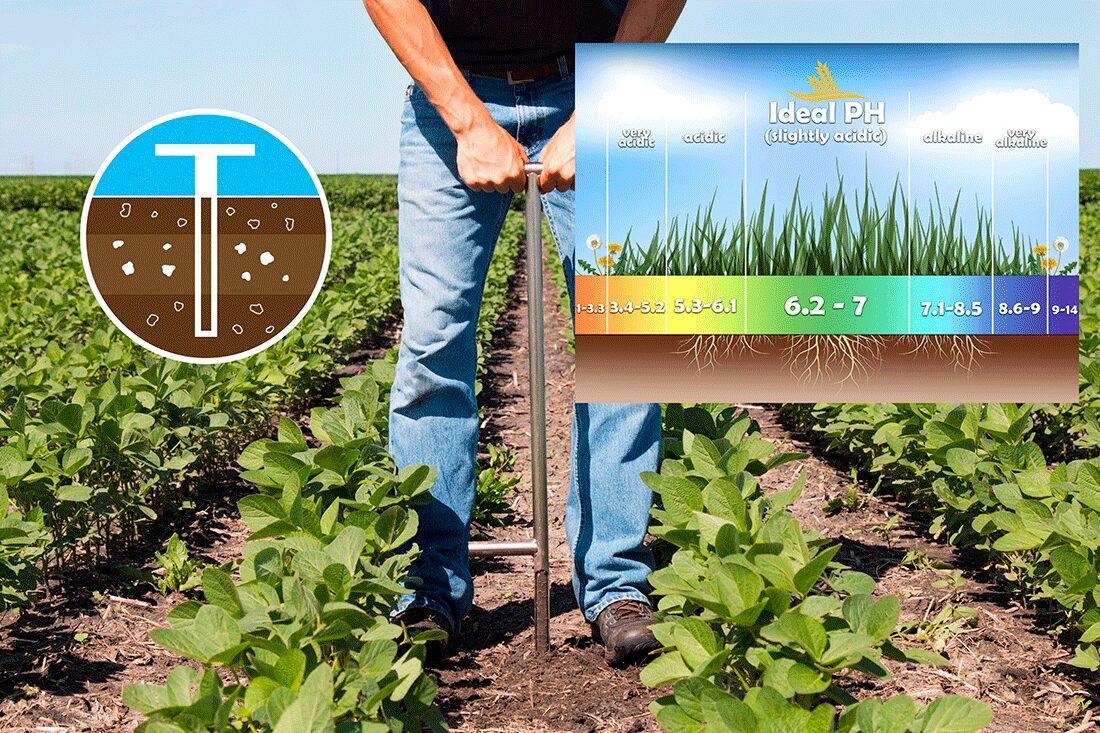
How to Take Soil Samples
Important: Accurate soil analysis with meaningful interpretation requires properly taken samples. Follow all directions carefully and correctly. Sampling technique presents the greatest chance for errors in results. Laboratory analytic work will not improve the accuracy of a sample that does not represent the area.
Fertilizer
In order for a plant to grow and thrive, it needs a number of important chemical elements. The three most important are nitrogen, phosphorus and potassium (N-P-K). These three nutrients are normally displayed on each bag and are listed as a percentage. Each of these nutrients affects plant growth differently and Belmont Mills Inc. carries a wide variety of fertilizers to meet your specific needs. Nitrogen (N) provides the plant with the ability to produce chlorophyll which allows the plant to turn dark green and grow quickly. Phosphorus (P) aids in root development, allowing the plant to take in more moisture and nutrients. Potassium (K) helps guard the plant against disease and aids in drought protection and cold tolerance.
Belmont Mills Inc. can assist you in making the right fertilizer choice to help produce greener results. Options for purchase include:
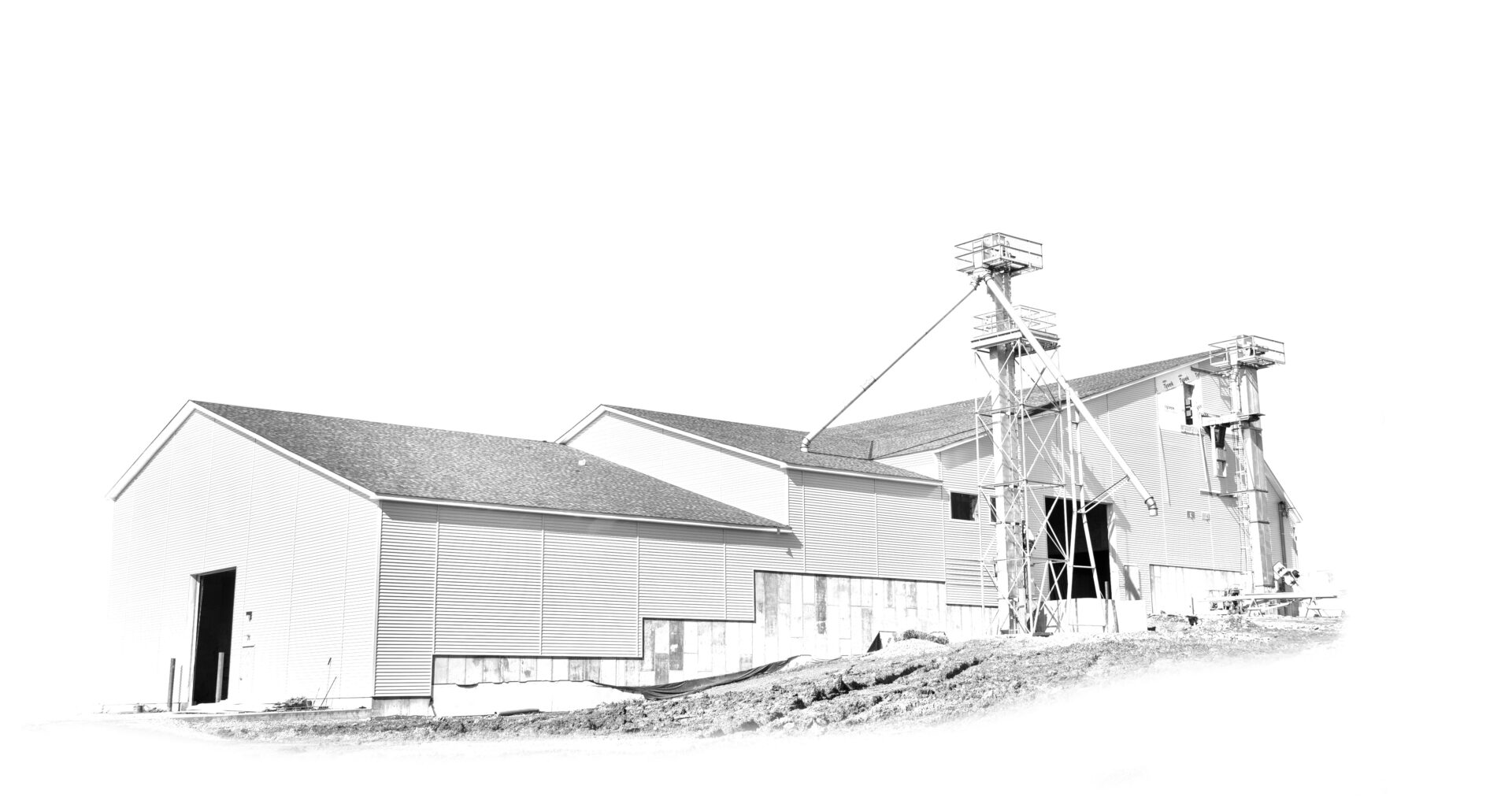
Fencing Supplies
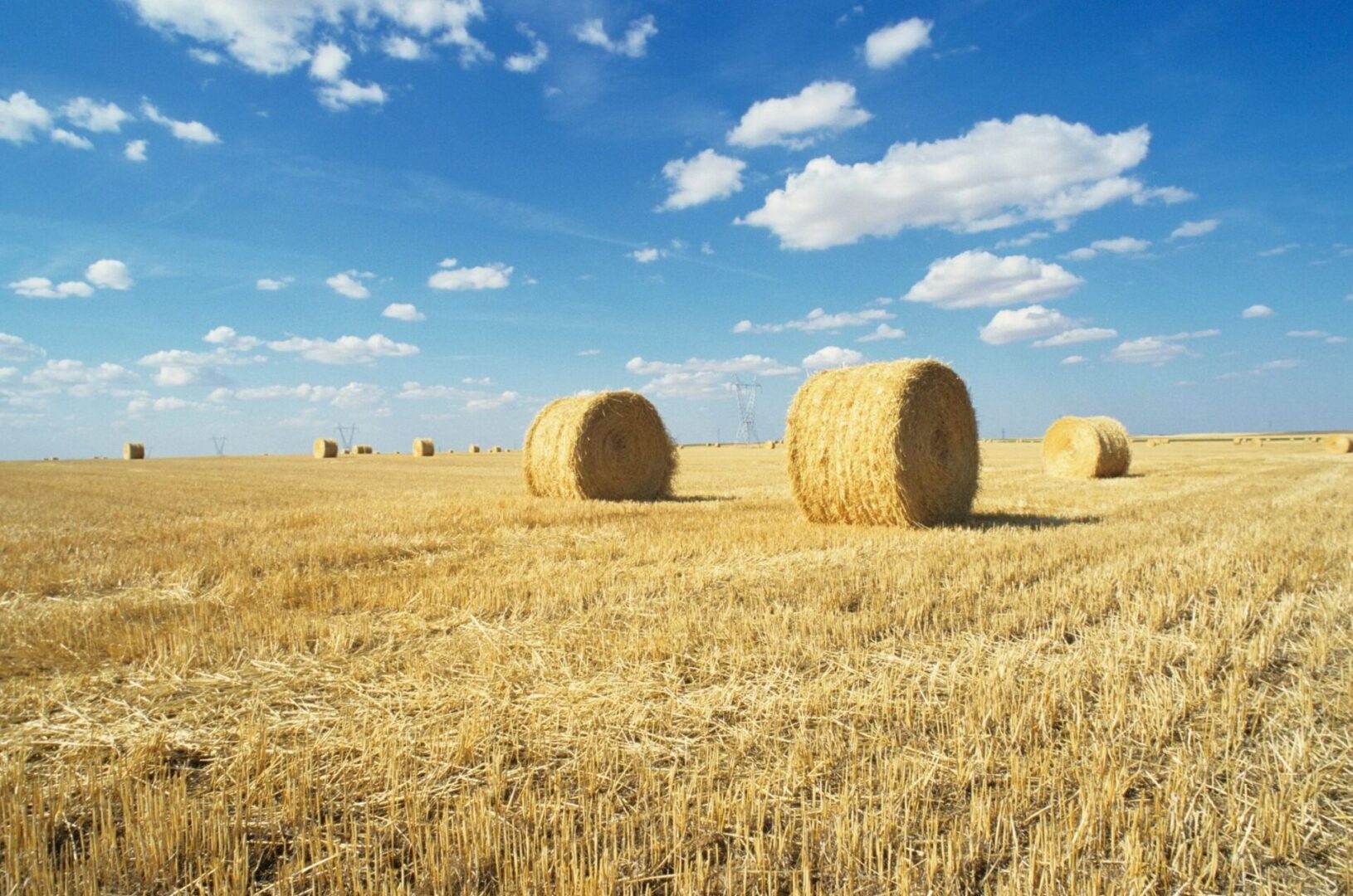
At Belmont Mills you can find a wide range of high-quality fencing products. These products can be used for multiple purposes and you will also be able to find the accessories that go along with each product.
Products carried are listed below, but not limited to these products. If there is something in particular you are interested in please give one of our sales specialists a call and they will help you find what you need.
- Gates
- Posts
- Woven Wire
- Hi-Tensile Wire
- Feeder Panels
- Corral Panels
- Barbed Wire
- Electric Fence Energizers
- Post Insulators
- General Fencing Tools and Accessories
